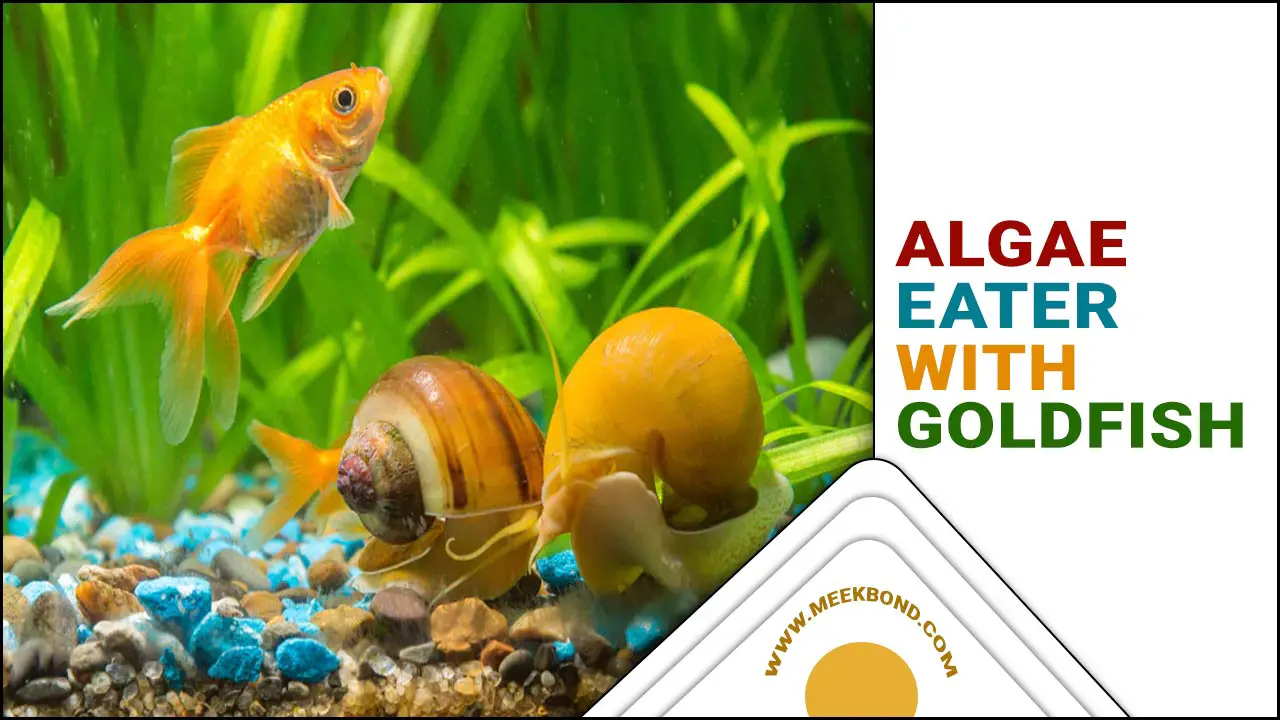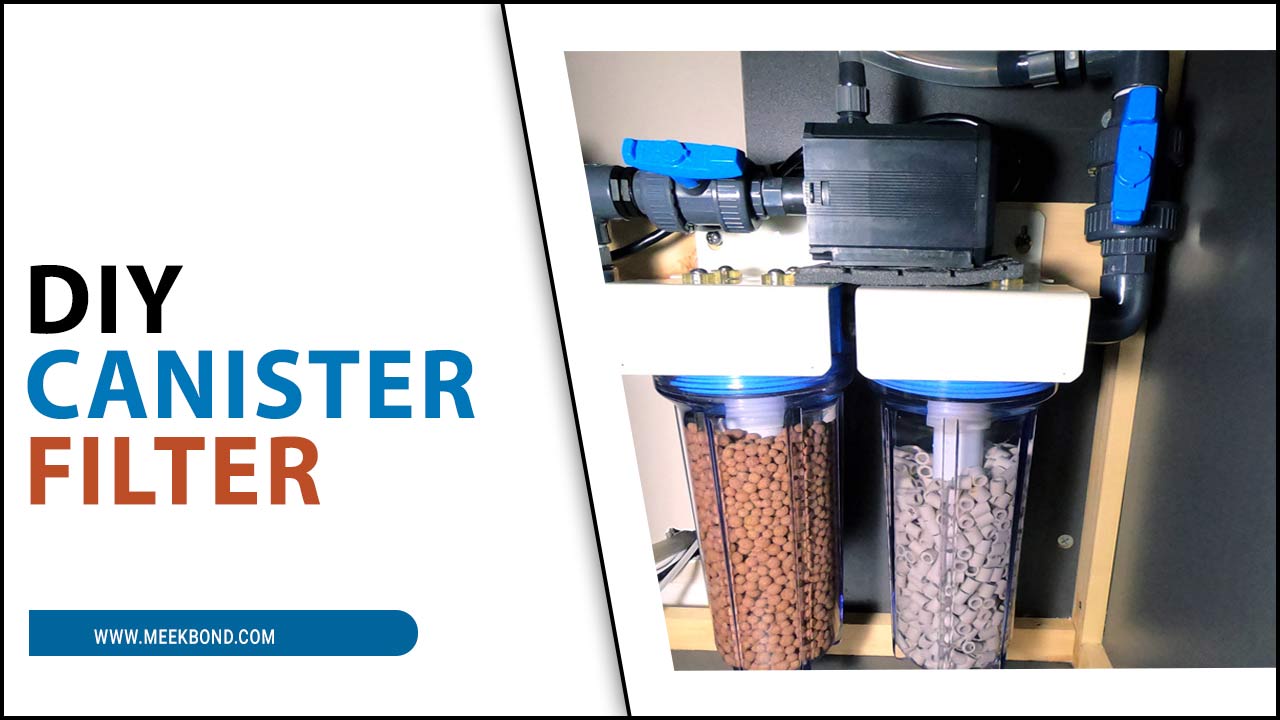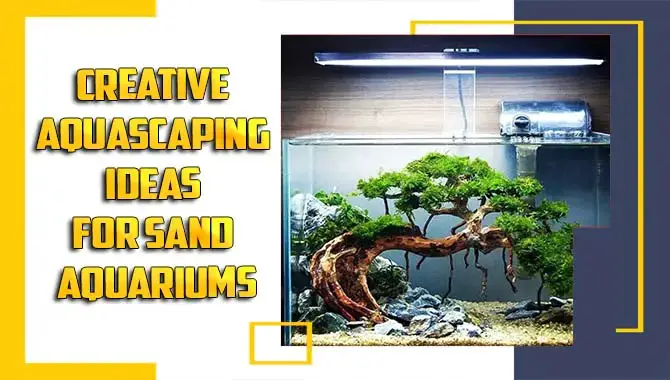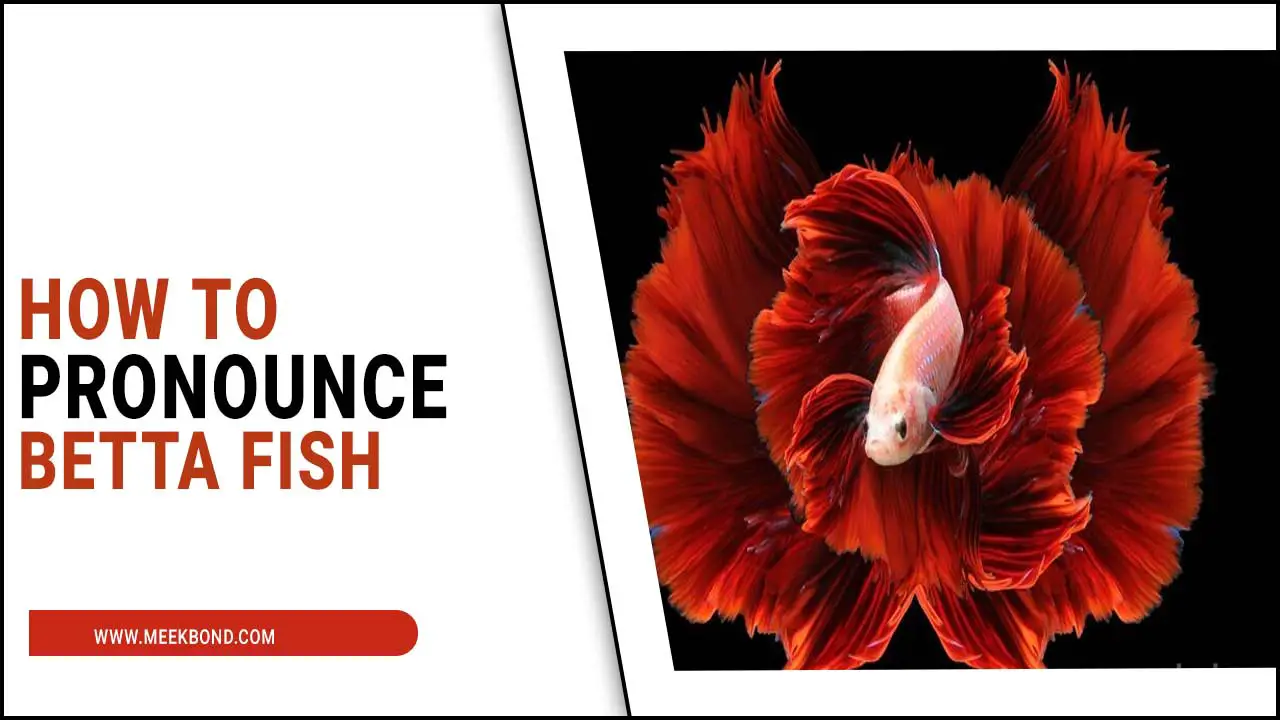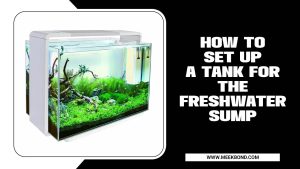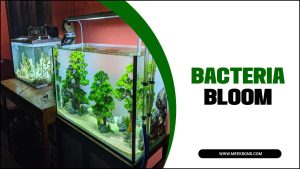Every aquarium should have a substrate made up of sand that provides the right conditions for healthy growth. The right type of sand will have the right amount of nutrients and can filter out waste efficiently. It will only compact slowly, allowing for good circulation and aeration in the tank.
Choosing the right sand for your aquarium is essential as it can make a difference in the overall health of your fish. Sand is an aquarium substrate’s lifeline. It allows water to filter and oxygenate, cleaning the substrate and serving as a plant foundation.
Choosing the right sand for your aquarium ensures it functions well. The type of sand you choose depends on the size of your aquarium. While several types of sand are available in the market, choosing the right one can take time and effort. We’ll discuss different types of sand and how to choose the right type for your aquarium plants, and fish requirements.
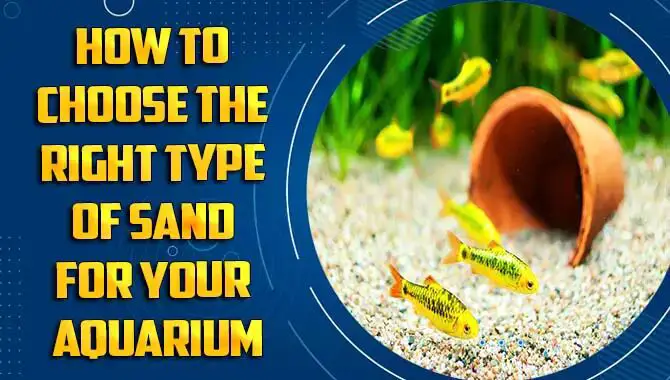
What To Consider When Choosing Aquarium Sand
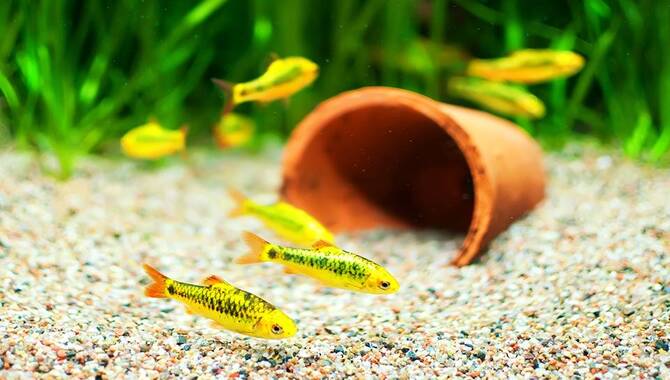
Consider the size of your tank and how much sand you want to fill it with. It would help if you chose large sand to cover the bottom of your tank adequately. Ensuring that nothing gets lost or stuck in crevices can be detrimental to the health of your fish. Another factor to consider is the current climate in your area.
If you live in a particularly cold or hot region, you may need to purchase a more durable type of sand that can withstand harsh conditions. Additionally, consider the cost of the sand and whether it has any additives. Some sands have added benefits, such as decorations or nutrients that can benefit your fish’s health and well-being.
5 Ways To Choose The Right Type Of Sand For Your Aquarium
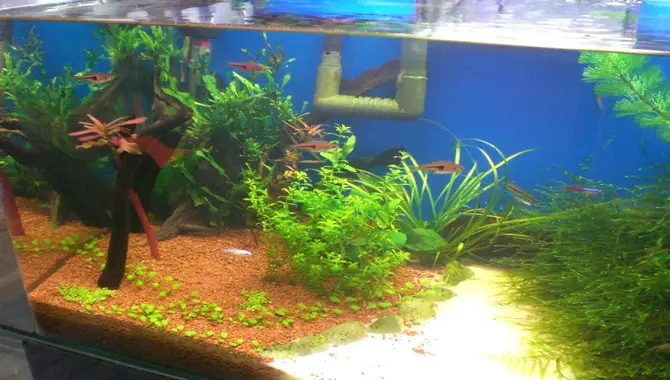
When choosing sand for your aquarium, there are a few factors to consider. The type of tank you have and the type of fish you’re keeping play an important role in the sand’s pH, particle size, and other properties. For example, sand with a high pH can benefit freshwater fish because it helps regulate the water’s acidity.
However, sand with a low pH could cause issues such as algae growth and fish harm. Choosing the right type of sand for your aquarium can be challenging, given the wide range of options available. You have natural sands, silica sands, and even decorative sands. Here are5 Ways to help you decide on the best type of sand for your tank.
1. Types Of Sand That Are Best For Aquariums
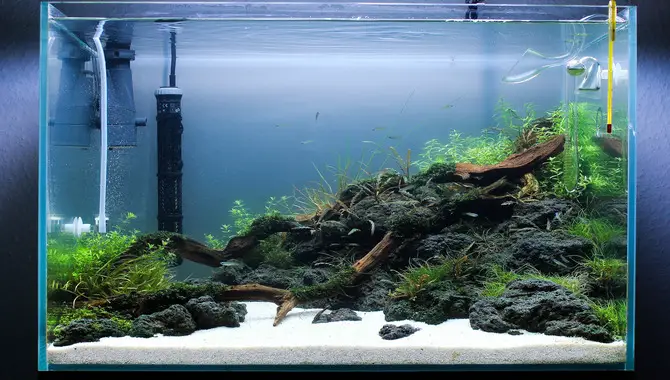
Sand is a vital component of an aquarium. It provides the substrate for aquatic plants and animals to live and grow and serves as a filter for aquarium water. Choose sand based on its grain size, color, and the type of aquarium it is intended for. Some aquarium sands are more suitable than others for different types of aquariums. These include sand from rivers and seas and crushed coral or shells.
When selecting sand for an aquarium, consider its grain size and origin, and ensure it is safe for fish and plants in the tank. You also want to make sure that you choose sand that matches your other decorations in the tank and looks good visually. Finally, clean your sand regularly to prevent excess buildup of algae and waste in the tank.
2. Testing The Sand For Compatibility With Your Aquarium
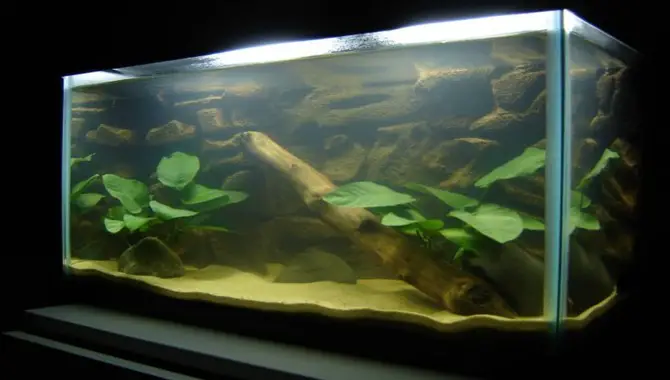
Sand is an important component of an aquarium, but you must choose it carefully. Test the sand for compatibility with your aquarium by rinsing dry sand until the water is clear. Avoid rinsing for live sand, and add a water clarifying packet to the aquarium instead. Ensure that you do not disturb the water while adding sand to the tank.
If the water becomes cloudy after adding the sand, use a hose to continuously stir the bucket to prevent pH instability in the tank. Finally, if needed, add a buffer to the aquarium to stabilize the pH. Sand is an important ingredient of an aquarium and must be chosen carefully to ensure its compatibility with your fish species and overall ecosystem.
3. Determining The Size Of The Sand Particles
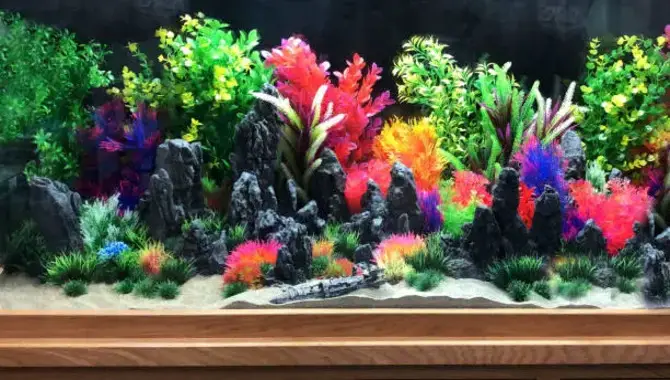
The first step in choosing the right type of sand for your aquarium is determining the size of the particles. The larger the sand particles, the more surface area they have to absorb water and hold nutrients. Therefore, larger particles can hold more water, provide more filtration, and provide better nutrient retention. However, larger particles also mean they will take longer to settle and can be more difficult to clean.
It’s important to choose sand that offers a balance between these two factors. Another factor to consider is the texture of the sand. When settling, fine-textured sands are easier to clean and won’t cloud as much as coarser sands. Choosing sand that has a medium or coarse texture will allow it to hold less water but remain stable and easy to use.
4. Deciding On The Type Of Sand
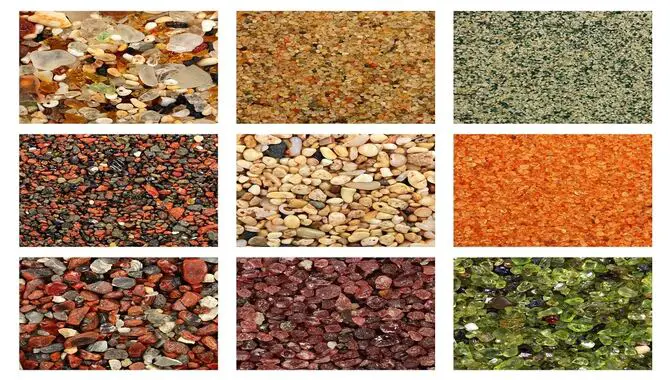
Sand is an essential component of aquariums. It serves many different functions, including providing a stable base for aquarium plants, providing a substrate for aquarium fish, and cleaning the water. But choosing the right type of sand for your aquarium can be tricky. Natural sand from rivers, pits, or beaches can provide the best results. However, active sands may be more expensive but offer the advantage of introducing beneficial microorganisms to your tank.
To ensure you choose the right sand for your aquarium, consider the origin of the sand and safety concerns. Whether you choose natural or synthetic sand for your aquarium, ensure it is safe and suitable for aquatic plants and animals. Additionally, avoid sands with artificial dyes or colors, as these can cloud the water and harm fish. Finally, play sand is the safest option as it is least likely to contain contaminants.
5. Filtering And Cleaning The Sand
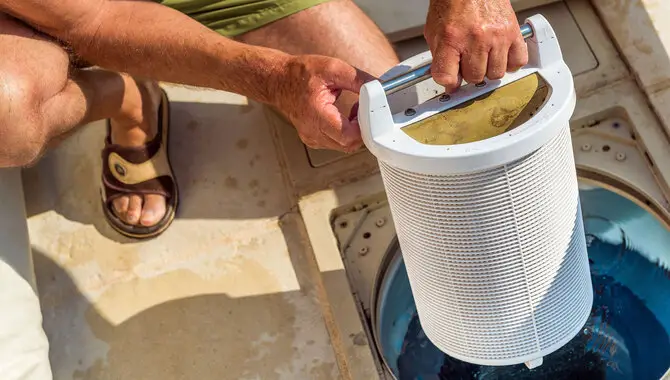
Well filtering and cleaning the sand is essential to maintaining a clean tank. Filtering the sand involves removing dirt, debris, and excess waste from the water using a filter. A good filter will have a large capacity and can be easily replaced. You can change the filter media used in filtering depending on the needs of your tank. You can make it of foam, polyester fiber.
Or other materials you can also purchase ready-made filters that come with various types of media. These filters are easy to use and install. Cleaning the sand involves washing it with fresh water to remove any remaining waste and dirt. This is important because waste buildup can lead to algae growth, damaging your tank’s ecosystem.
What To Look For In Good Sand For Aquariums
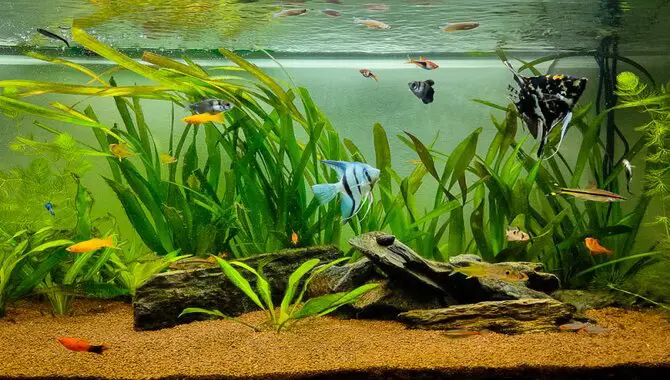
You can consider several factors when choosing good sand for your aquarium. First, the grain size of the sand should be small enough to allow for good filtration and oxygenation. Second, the texture of the sand should be smooth enough to prevent irritation to your fish’s eyes and gills.
Third, the color of the sand should be vibrant enough not to lose its appearance over time. And lastly, the ingredients used in making the sand should be safe for your fish. In short, good sand for your aquarium will provide them with a healthy and beautiful environment.
Tips For Installing And Maintaining Aquarium Sand
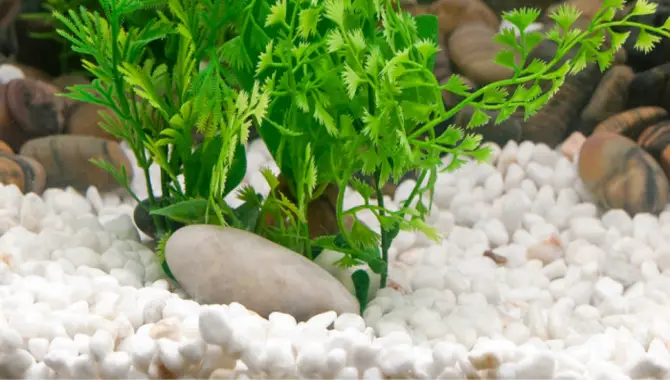
If you’ve decided to add aquarium sand to your aquarium, there are a few important things to consider. Firstly, it’s vital to understand the different types of sand used in aquariums and the problems that may arise from using them.
Common issues include cloudy water, insufficient filtration, and pH instability. It’s vital to check the water quality regularly and troubleshoot any problems. Soaking the sand substrate in water can help to remove debris, but it’s best to use cleaning products designed for aquarium use.
Another factor to consider is compatibility with fish species. Some fish may not be able to live in sand, so it’s important to research the types of sand used before purchasing it and make sure it’s suitable for the fish in your tank. Choose a substrate that will support the fish and create a beautiful aquarium. Finally, washing and rinsing the sand before installing it in the tank is vital.
Conclusion
There are a variety of aquarium sand types available in the market. You must choose the right type of sand for your tank based on the size, the type of fish, plants, and substrate you have in the tank, and other factors. You can also use a sand filter sand to remove impurities from the water and create a natural habitat for your fish.
When sand is used in aquariums, it helps maintain acidity by decreasing ph levels and increasing stability and hardness. When used properly, and can help improve water quality and enhance aquarium aesthetics.An aquarium care expert would be able to help you choose the right type of aquarium sand for your tank if you’re facing any problems with it.
Choosing the right type of sand for your aquarium can be difficult. By learning about the different types of sand and their corresponding benefits, you can make an informed decision that will ensure success in your aquarium. Following these simple Ways, you can choose the perfect sand for your aquarium and enjoy years of healthy fish and aquatic plants.
Frequently Asked Questions
What Kind Of Sand Do You Use In A Fish Tank?
When it comes to sand for fish tanks, inert sand, such as aragonite and silicate, is the best sand type. You’ll need to choose the right size and color for your aquarium sand; too much sand may cause gravel to build up and bacteria to flourish, while too little sand can leave the fish tank water murky and unappetizing. Live sand can also be used in place of dry sand in fish tanks.
Can I Use Any Sand For My Aquarium?
No, regular sand is not recommended for use in aquariums. Instead, many different aquarium sand types are specifically designed for fish tanks. Some of the most popular types of aquarium sand include fine and coarse sand, gravel, and cichlid sand. Each type of sand has particular benefits that make it a good option for fish tanks.
What Color Of Aquarium Sand Is Best?
Color is one of the most important factors when choosing sand for your aquarium. The color of the sand will affect the overall look and feel of your tank, and you can also use it to differentiate between different types of fish. Red sand is best for red-colored fish, black for black ones, and white for those with a neutral or pastel color scheme. It also has other benefits, such as reducing algae growth and increasing oxygen levels in the tank.
Should I Use Black Or White Sand For The Aquarium?
Black sand is a sedimentary rock colored by minerals like iron, manganese, and silica embedded within it. It can be purchased in various colors, including red, gray, and white. Black sand is commonly used to create artificial ecosystems in aquariums due to its high levels of organic matter and nutrients. Its porous structure also allows for efficient filtration and water circulation.
What Kind Of Sand Can I Use In My Aquarium?
There are several options for choosing the right type of sand for your aquarium. You can choose from natural, silica, and synthetic sands. Each has its advantages and disadvantages. Natural sands are often more expensive, but you can use them for decorative and functional purposes. Silica sands are the most commonly used because of their durability and effectiveness.

Aquarium passion is all about connecting with the aquatic life and providing education to the public on the importance of these creatures. We showcase a wide variety of marine life through our exhibits as well as working with schools to provide unique learning opportunities for students of all ages.

